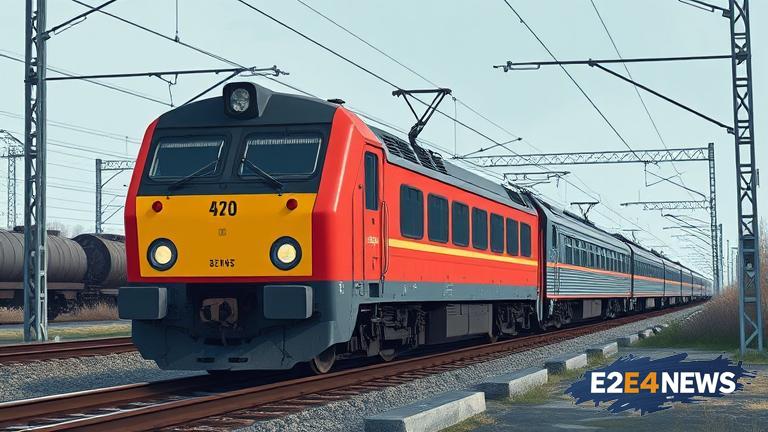The US rail industry has been facing a significant cybersecurity threat for over a decade, according to recent reports. The threat, which was first identified in 2013, involves a vulnerability in the rail industry’s computer systems that could allow hackers to gain access to sensitive information and disrupt rail operations. Despite efforts to address the issue, the vulnerability remains, and experts warn that it could have devastating consequences if exploited. The rail industry is a critical component of the US transportation system, with millions of passengers and tons of freight relying on it every day. A cyberattack on the rail industry could have far-reaching consequences, including disruptions to supply chains, economic losses, and even loss of life. The vulnerability is believed to be related to a type of malware that can be used to gain access to computer systems and steal sensitive information. The malware is thought to have been developed by a foreign government, although the exact origin is unclear. The US government has been working to address the issue, but progress has been slow. The rail industry has also been criticized for its lack of transparency and cooperation in addressing the threat. Experts warn that the vulnerability is not just a theoretical risk, but a real and present danger. In recent years, there have been several reported instances of cyberattacks on the rail industry, although the extent of the damage is not always clear. The US government has issued warnings and guidelines to help the rail industry protect itself, but more needs to be done to address the root cause of the problem. The issue is complex and multifaceted, involving not just technical vulnerabilities but also human error and institutional failures. To address the threat, the rail industry will need to invest in new technologies and training, as well as improve its cybersecurity protocols and incident response plans. The US government will also need to play a more active role in supporting the rail industry and providing resources to help it address the threat. Ultimately, the security of the US rail industry is a matter of national importance, and it will require a coordinated effort to ensure that it is protected from cyber threats. The consequences of a successful cyberattack could be severe, and it is imperative that the rail industry and the US government take immediate action to address the vulnerability. The US rail industry is not alone in facing cybersecurity threats, as other industries and countries are also vulnerable to similar attacks. However, the US rail industry’s unique characteristics and critical role in the transportation system make it a particularly attractive target for hackers. As the US rail industry continues to evolve and modernize, it will be important to prioritize cybersecurity and ensure that the necessary measures are in place to protect against threats. This will require a sustained effort and investment, but it is essential to ensuring the safety and security of the US transportation system.
